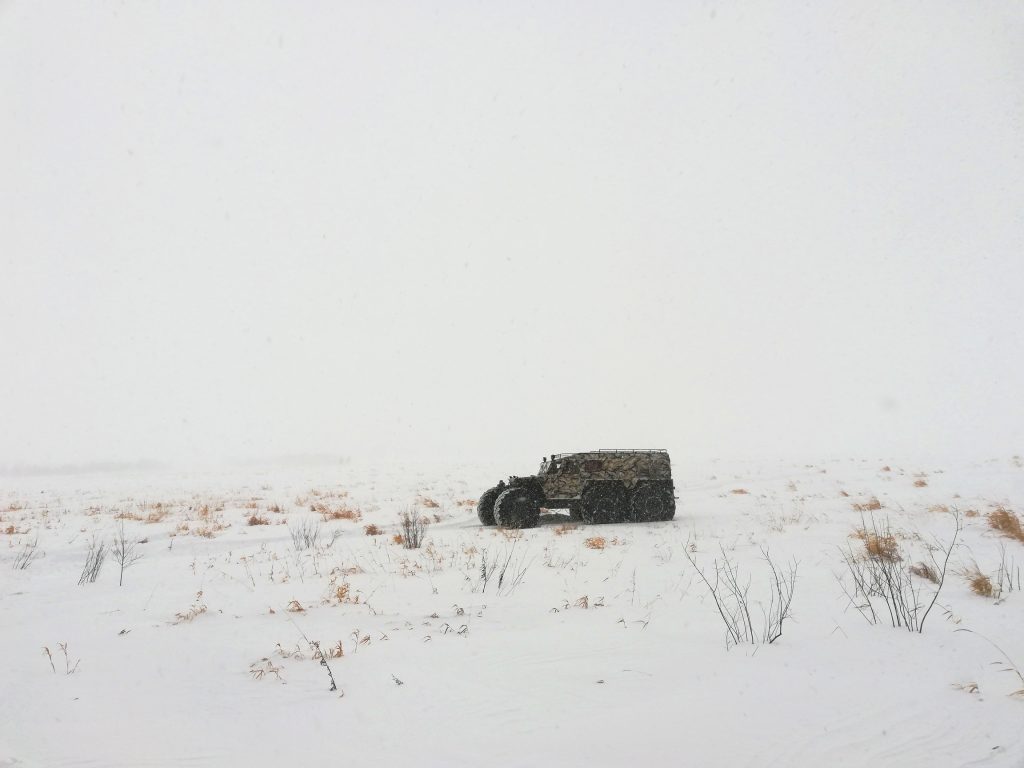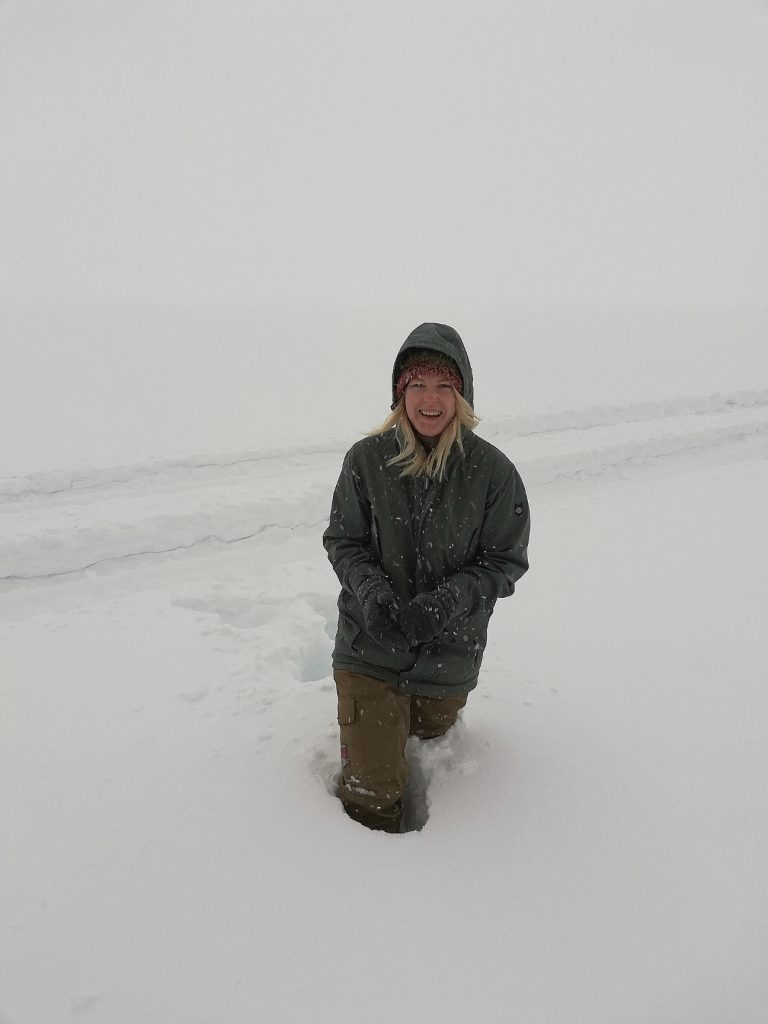Studies from Siberia
9 March 2020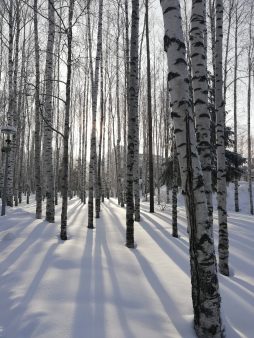
By Sophie Watson
As someone whose research lies in the heart of polar ecosystems, I’ve been lucky enough to visit some of the world’s remote and frozen regions. Nothing provokes me more than to see a landscape so merciless and yet so fragile –where the ticking of time seems so urgent. In February 2020 I visited Khanty-Mansiysk Autonomous Region in West Siberia, Russia. Historically just a traveller’s rest-stop town, Khanty-Mansiysk rose up after the discovery of oil in the area and now provides a large amount of Russia’s oil. Nestled on the edge of a vast expanse of Siberian taiga zone, Khanty-Mansiysk hosts a subarctic climate, where winter temperatures typically drop as low as -50°C. This is where myself and 50 other participants (25 from the UK, 25 from Russia) called home for a week while attending the Arctic Interdisciplinary Studies (ARCTIS) 2020 Field Course.
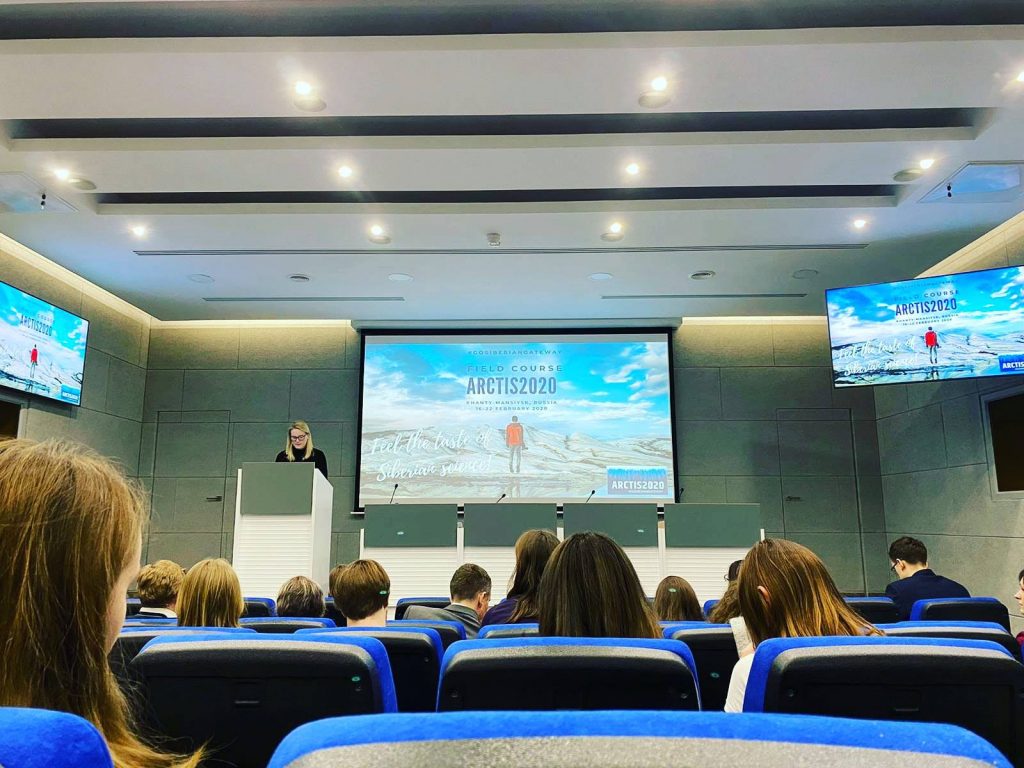
ARCTIS 2020 is a multifaceted networking event and field course that aimed to strengthen expertise and establish links between the next generation of Arctic scientists from the UK and Russia. A range of scientists attended the course whose research covered atmosphere, cryosphere, terrestrial, marine and social science. Together we participated in a week packed full of lectures, plenary talks, presentations, round-table discussions with local stakeholders and field work at the Mukhrino Field Station. Our journey to the Mukhrino Field Station could only be made by snow mobile or off-roading vehicles across the taiga zone. Once there, we learnt that the field station hosts a number of researchers who study the local area year-round. For example, Dr Egor Dyukarev from the Siberian Branch of the Russian Academy of Sciences taught us about the atmospheric research being conducted out of the field station, where he and his team take year-round measurements to monitor carbon dioxide and methane levels. Dr Vitaly Khoroshavin from the University of Tyumen explained the methods he uses to calculate pollution levels trapped in snow layers and to predict the expected volume of water run-off from snow melt. Lectures from Dr Peter Convey (British Antarctic Survey) and Dr Martyn Tranter (University of Bristol) taught us about cold-weather adaptations of the local fauna and about snow and ice formation. During our time at the station, we not only got to speak with researchers working at the forefront of polar research, but also got hands on experience with what it’s like to work out of such a remote and seemingly desolate landscape.
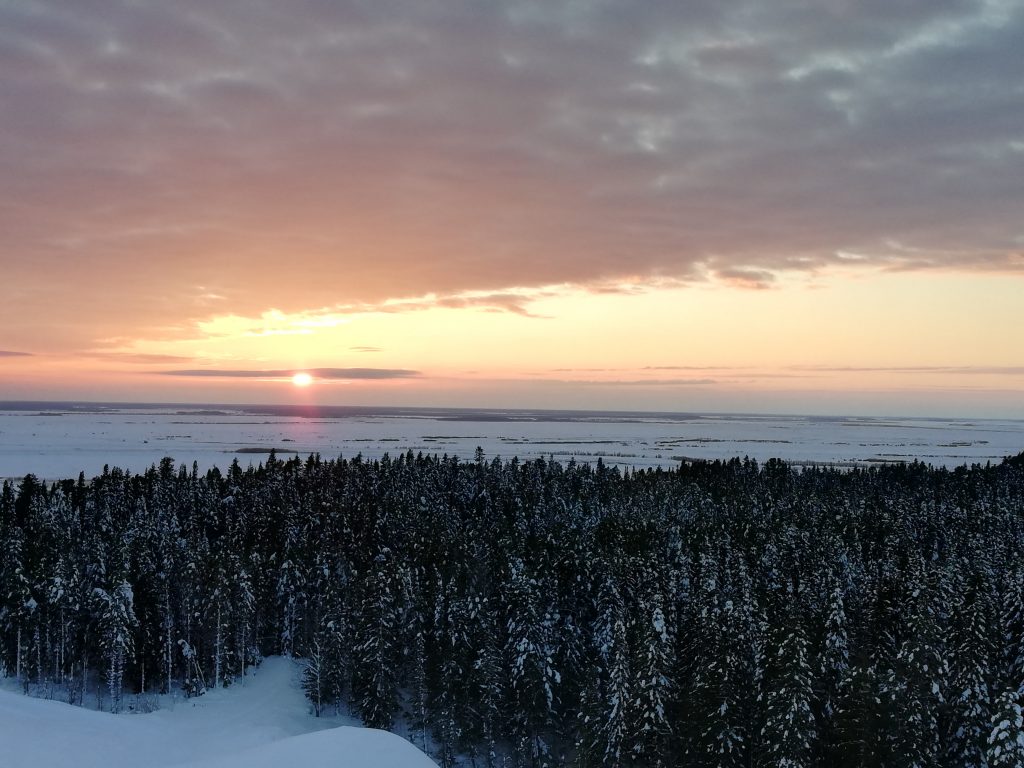
My work as a researcher is to find a way to test the climatic and anthropogenic change that is happening around us, and to disseminate that information to everyone. This simply cannot be done alone, and this is exactly why it’s so important to network and collaborate with scientists across other disciplines, so that together we can work towards a better understanding of the rate and extent of change in polar environments. Visiting a region as beautiful as this made me really appreciate just how important our work as scientists is. As the snow melts away for another year, yet again earlier than the last, it begs the question; what will be left to inspire the next generation of polar researchers?
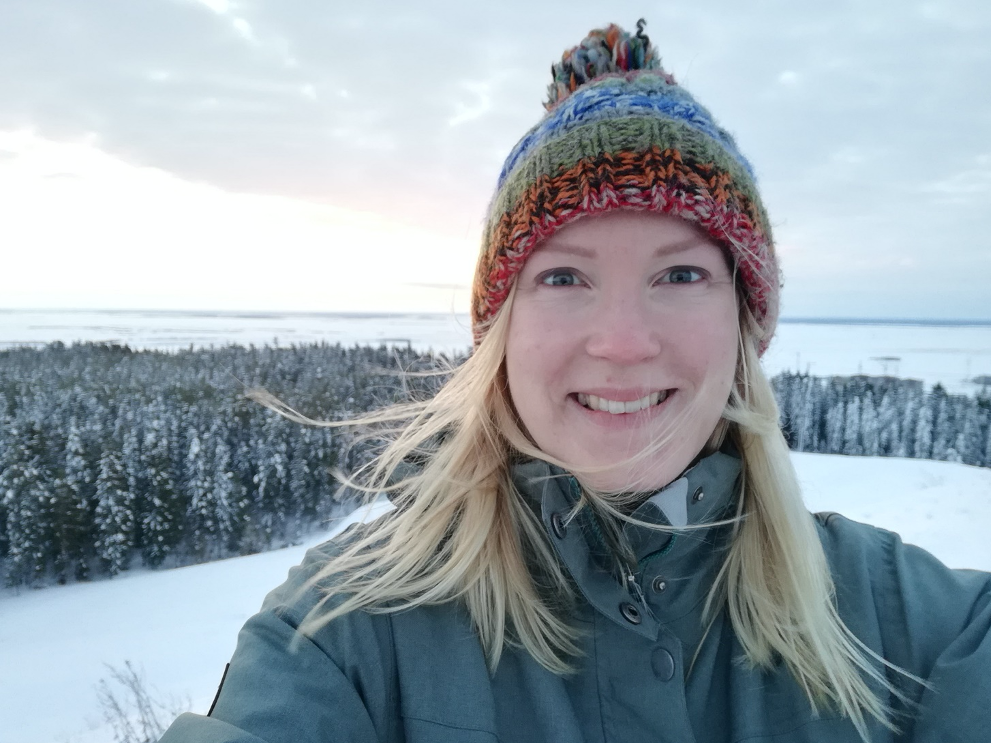
__________________
#GoSiberianGateway
#ARCTIS2020
Sophie Watson is a PhD Researcher at Cardiff University who studies the effects of changing land use and parasite/contaminant profiles on the faecal microbiota of polar bears and wolverines. Sophie previously worked on black bear and brown bear research projects in America and Canada, including the ‘USGS Northern Continental Divide Grizzly Bear Research Project’ in Montana and various projects throughout Alaska.
- From the Floe Edge: Visualising Sea Ice in Kinngait, Nunavut
- Bridging Knowledge and Action: A Polish-Norwegian Perspective on Arctic Science-Policy Collaboration
- Unpacking the Motivation Behind Wintering at Polar Stations
- Working the Ocean’s White Gold: A Nutshell History of a Living Bering Strait Tradition
- Political Participation in the Arctic: Who is heard, when, and how?
